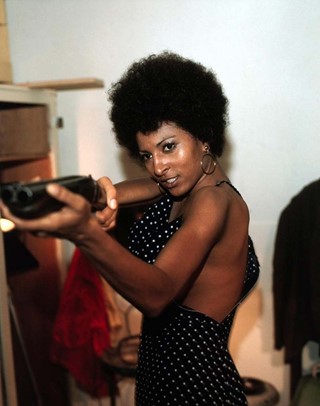Inspired by the BFI’s Black Star season, which champions the greatest achievements in black cinema, we applaud the extraordinary actress who has spent her career subverting stereotypes and being a badass
When it comes to cinematic icons, Pam Grier is in a league of her own. The first ever African American woman to star in an action movie, her iconic roles in the Blaxploitation films of the 1970s – think Coffy and Foxy Brown – saw her dubbed the “Queen” of the genre. She proved that black females on film could be strong, tenacious and beautiful at a time when roles for women of colour were, in her own words, "practically invisible, or painfully stereotypical". Over the course of her career she has continued to break the mould with entrancing performances in the likes of Quentin Tarantino’s 1995 classic Jackie Brown, and as Kit Porter in groundbreaking lesbian TV drama The L Word.
This month marks the start of the BFI’s Black Star season, “championing the achievements of black stars from the earliest years of cinema through to the present day,” and will celebrate Grier’s talents with screenings of Foxy Brown and Jackie Brown in the ‘Baadasssss rebels’ section. Here, ahead of the season’s launch, we look back on Grier’s trailblazing contribution to popular culture, heralding her this week’s AnOther Woman.
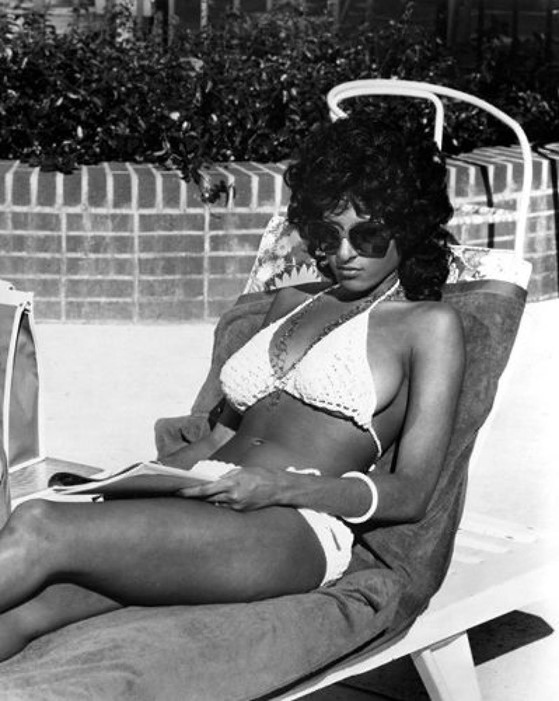
Defining Features
One of the most immediately distinctive things about Grier is her extraordinary beauty: feline eyes topped by bushy, angular brows; an extremely enviable pout; and a prominent nose, which writer Mark Jacobson once described as her “best feature, jut[ting] away from her face defiantly – a warning, a dare.” Grier’s heritage is a unique combination of African American, Hispanic, Chinese, Filipino and Cheyenne Indian, and her face is incomparable to any other, yet she has always denied her aesthetic appeal, famously saying, “Me, sexy? I’m just plain ol’ beans and rice.”
In her 1970s Blaxploitation heyday, Grier was defined by her perfectly coiffed afro, her lithe yet curvaceous figure – a dream for costume designers who decked her in everything from garishly patterned shirts and bell bottoms to sexy jumpsuits and scanty, sequined dresses – and, above all, her badass attitude. (The taglines for her films proclaimed her “the baddest One-Chick Hit-Squad” and “the meanest chick in town,” and she owned it.) Her powerful on-screen presence and ability to convey psychological depth, combined with her striking appearance, captivated viewers from the start.
As she grew older and her roles matured, so did Grier’s style, from Jackie Brown’s wavy auburn tresses and sleekly tailored trouser suits to Kit Porter’s signature curls and oversized earrings, paired with low-cut dresses or billowing blouses. Casting an eye back over her oeuvre, what is perhaps most striking about Grier as an actor is her commitment to each and every role, however varied; a testament to her declaration, “I don't believe that I should just do A-movies, I just do the work as an artist.” She has always been propelled by a sense of inquisitiveness and a desire to embark upon new challenges: “I'm constantly curious about everything,” she once said. “I can't wait to see what's around the corner in newfound art and entertainment and exploration.”
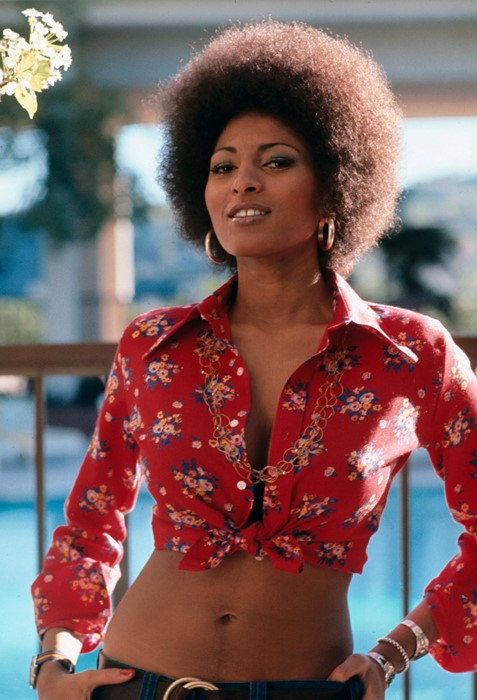
Seminal Moments
Grier was born in Winston-Salem, North Carolina to a military father and homemaker mother. She describes herself as having been a very happy child until she fell victim to rape at just six years old. “It took so long to deal with the pain of that," she wrote in her autobiography, Foxy: My Life in Three Acts. "You try to deal with it, but you never really get over it… My family endured so much guilt and anger.” Periods of intense insecurity, isolation and loneliness followed, but by the time she was 18, Grier had her heart firmly set on acting and set off to Los Angeles, where she acquired five different jobs to fund her film studies at UCLA. Among these was a position as a receptionist at film company American International Pictures (AIP), where she happened to catch the eye of B-movie director Jack Hill. “Pam had what I was looking for: authority and presence,” Hill said of Grier’s appeal. “She just had a natural ability to carry off a role; she stands out.” He cast her in smaller roles in his “women in prison” films The Big Dolls House (1971) and The Big Bird Cage (1972) – and was immediately aware that his decision to go with his gut instinct had “paid off”. He gave her the leading role in Coffy just a year later, and sealed her fate as a cult icon.
Critics of Blaxploitation movies decreed that they perpetuated white people’s common stereotypes of black people, but watching Grier in action, many would disagree. While her seductive physical appearance takes centre stage in the opening scenes of both Coffy and Foxy Brown, she soon proves herself to be much more than a “piece of tail”, whipping out a sawn-off shotgun at the end of Coffy’s opening sequence and blowing a man’s head clean off, and surprising her enemies with a small pistol hidden in her afro at the end of Foxy Brown. To say that many were taken aback by such a subversion of the action movie norm is an understatement. “I had to bump heads with a lot of men in the industry,” Grier recalled in an interview with The Guardian. “They were not comfortable with showing a progressive black female in an action role. As a strong woman, I was seen as a threat… I remember certain people saying: 'Oh, she's taking our jobs, she's castrating men' – as far as I was concerned, I thought: 'We don't need to walk behind you, we should walk beside you.'”
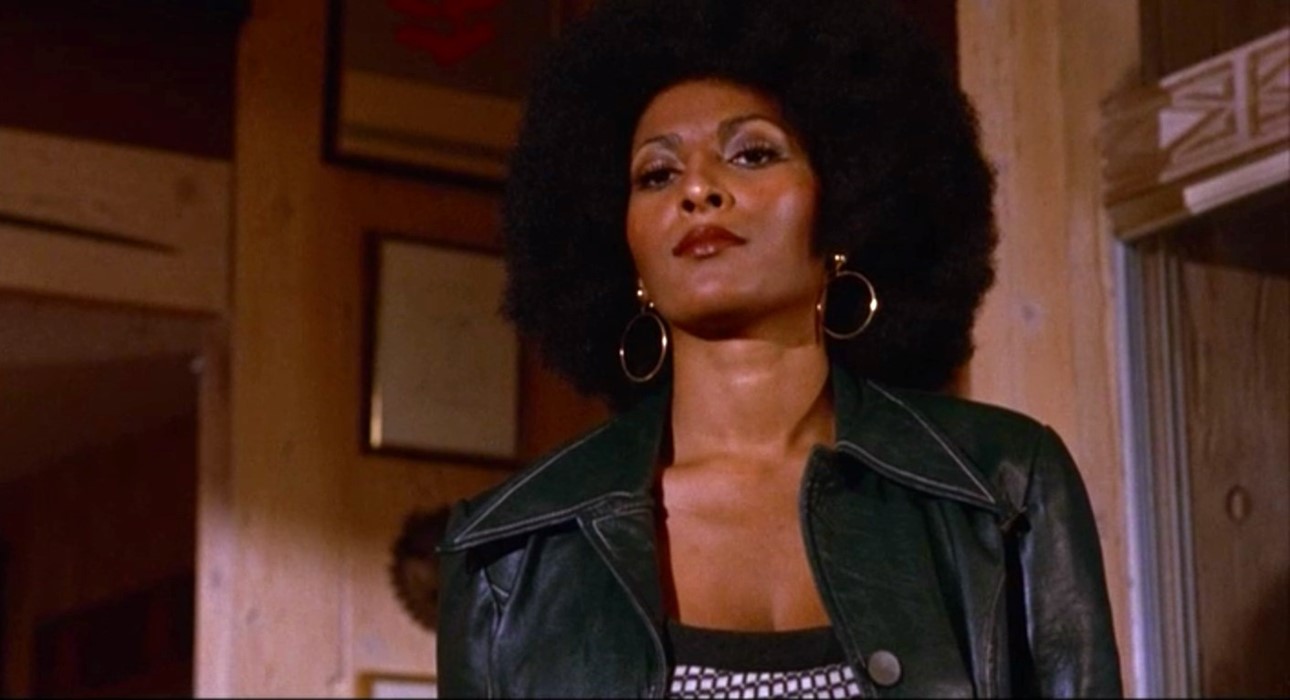
When the Blaxploitation era fizzled out in the 1980s, Grier continued to gain work in theatre, TV and movies, forming close working relationships with directors such as John Carpenter and Andrew Davis. But the decade presented her with another gruelling personal struggle in the form of stage four cancer. She was given just 18 months to live, but miraculously overcame the illness thanks to a combination of eastern and western medicine. The following decade Quentin Tarantino thrust Grier back into the spotlight when he cast her as the leading role in his adaptation of Elmore Leonard’s novel Rum Punch, which he re-titled Jackie Brown. In his search for an actress suitable for the role of the downtrodden but gutsy air stewardess with nothing to lose and everything to gain by pulling off an epic triple bluff, Tarantino could think of only one candidate. “She had to be 44 but look like she was 34; she had to look great, and she had to look like she could handle anything,” he told The Guardian. “It was a white character in the novel... [but] Pam popped in my head. It was one of those things [where] I knew a good idea when I saw it.” And indeed, Grier’s performance as Brown was breathtaking, winning her multiple accolades including a Golden Globe nomination.
Jackie Brown reignited Grier’s career and she went on to make many more movies, as well as featuring as a regular character in TV shows Law & Order: Special Victims Unit and the aforementioned series The L Word. The latter, which ran from 2004 to 2009, shed important light on gay and bisexual relationships, and again Grier took great pleasure in breaking boundaries and making people reassess their prejudices. “You can’t control DNA,” she told thestar.com, “so if we’re all these wonderful gifts and miracles, aren’t (gay people) miracles, too? Or are there selective miracles? I try to make people think about what the fuck they say. I ask them where they got their logic from. Think! I guess that’s where my badassness is.” Grier now lives on a ranch in Colorado caring for abandoned and mistreated horses.
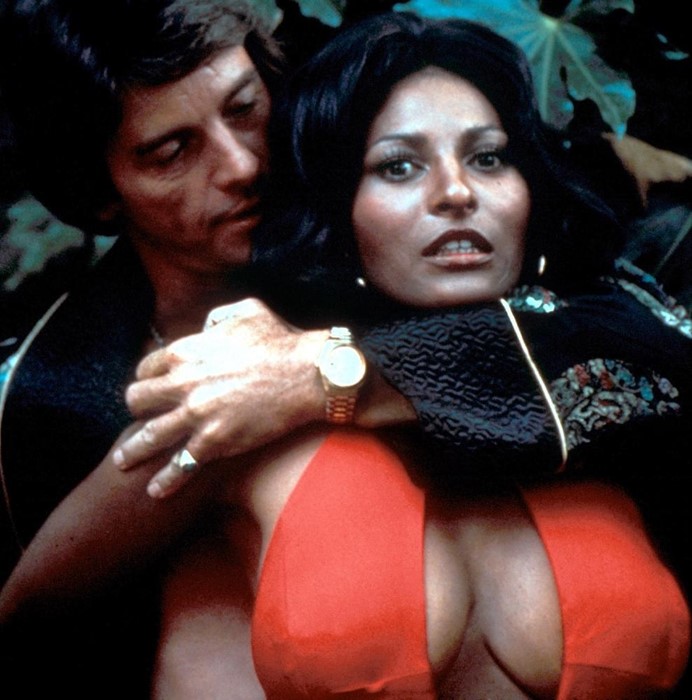
She’s AnOther Woman Because…
As an actress Grier’s natural talent and incredible dedication to her craft have seen her seize every opportunity presented to her to defy all expectations. “Even though I was doing what was considered a B-movie, I thought it was Gone With The Wind,” She told The A.V. Club of her first proper film role. “I went in doing the best work I could, which frightened them, because they didn't expect me to.” And it is this attitude which has seen her thrive – and serve as a vital role model – in an industry, which to this day remains pitted against both women and people of colour over 40 years after Grier’s first leading role.
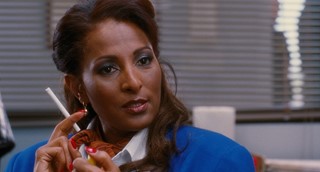
The Black Star season runs from October 17 – December 31, 2016 at BFI Southbank and cinemas nationwide. Click here for programme and ticket information.
